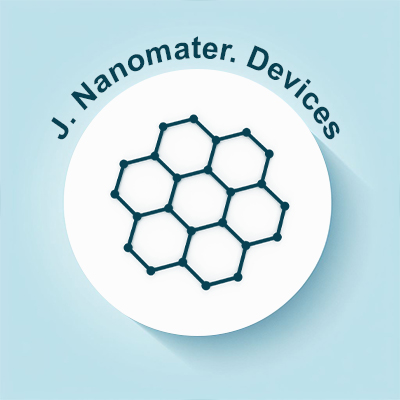
Journal of Nanomaterials and Devices
OPEN ACCESS

OPEN ACCESS
.jpg)
Advanced functional nanomaterials have surfaced as a foundation in the development of coming- generation bias, offering unknown openings for enhanced performance across different fields similar as electronics, energy, healthcare, and environmental monitoring. The unique parcels of nanomaterials arising from their reduced dimensionality, high face- to- volume rate, and tunable physical characteristics enable innovative designs and operations. This mini review focuses on the design principles, conflation styles, and advanced operations of nanomaterials in slice- edge bias. Crucial design strategies, including control over morphology, composition, and face variations, are explored in detail. State- of- the- art conflation ways, similar as chemical vapor deposit, sol- gel processing, and green conflation, are stressed for their capability to produce high- quality nanomaterials with scalable and cost-effective approaches. Likewise, recent improvements in operations similar as flexible electronics, high- effectiveness energy storehouse, advanced biosensing, and smart medicine delivery systems are bandied. The review also addresses critical challenges, including scalability, stability, and environmental enterprises, and concludes with perspectives on unborn exploration directions. By furnishing perceptivity into the rearmost developments, this work aims to inspire farther invention in the field of functional nanomaterials for coming- generation technologies.